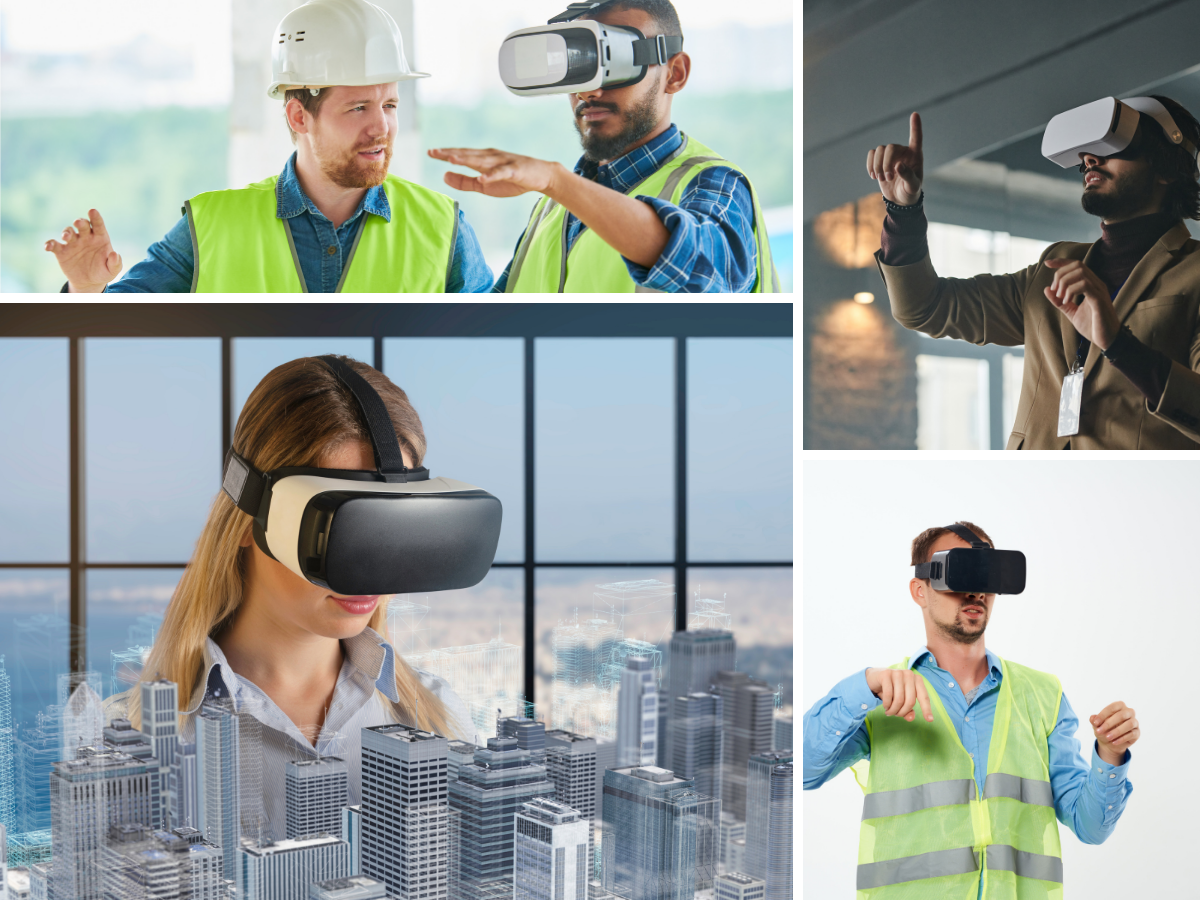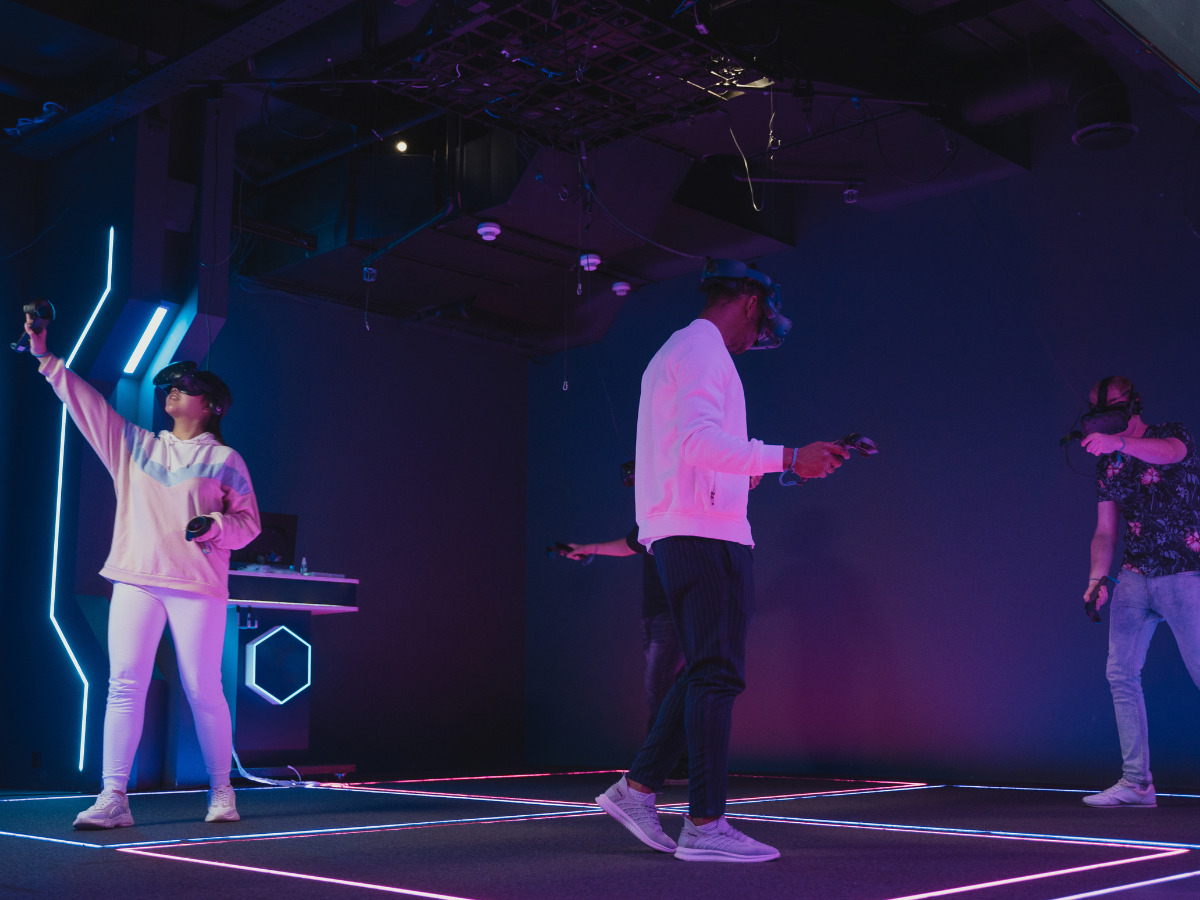Imagine being able to step into a construction project before it’s even built, visualizing every detail with utmost clarity. Thanks to Virtual Reality (VR) and Augmented Reality (AR), the construction industry is undergoing a remarkable transformation. These immersive technologies are revolutionizing the way projects are planned, executed, and managed, bringing a new level of efficiency, collaboration, and safety to construction sites.
Picture this: architects, engineers, and stakeholders donning AR glasses, observing a digital building model seamlessly integrated into the real world. With AR, they can walk around the physical space and see how the structure will fit and interact with its surroundings. They can identify potential issues, clash detections, and design flaws early on, saving time and resources that would have been wasted on costly rework.
But this technology doesn’t stop at design review and collaboration. It also plays a crucial role in training construction workers. With VR simulations, workers can be trained on operating heavy machinery, handling complex tools, and following safety protocols in a risk-free environment. They can practice their skills, make mistakes, and learn from them without any actual danger. By immersing themselves in realistic scenarios, workers are better prepared for real-world construction sites, leading to improved safety and productivity.
Beyond training, VR is even enabling remote operation of equipment. With the integration of VR interfaces, operators can control machinery located in distant or hazardous environments while staying in a safe and comfortable location. Imagine the possibilities: experts remotely operating machinery in hard-to-reach locations or hazardous sites, reducing the risks faced by on-site workers. It’s a game-changer that enhances safety and opens up new opportunities for construction and maintenance in challenging environments.
VR and AR are truly revolutionizing the construction industry, transforming every stage of the process. From collaborative planning to training and remote construction, the impact of these technologies is reshaping traditional roles and practices across various fields of work. The advantages they bring are redefining how construction projects are conceptualized, executed, and managed, paving the way for a more efficient and innovative future.




